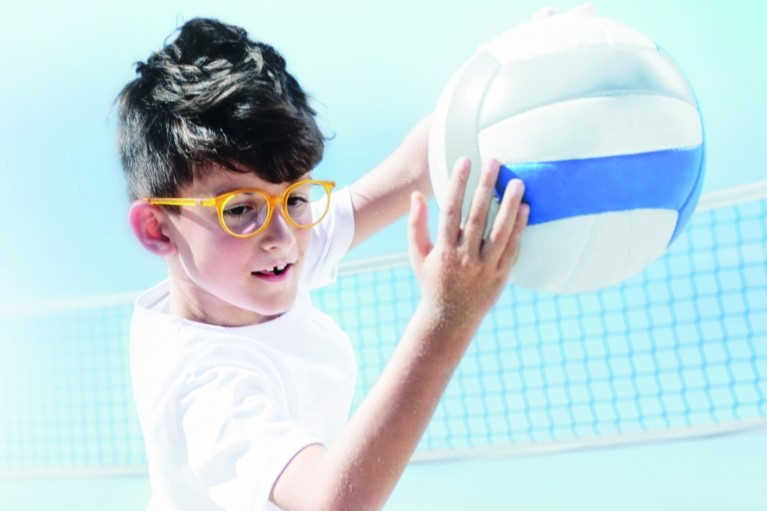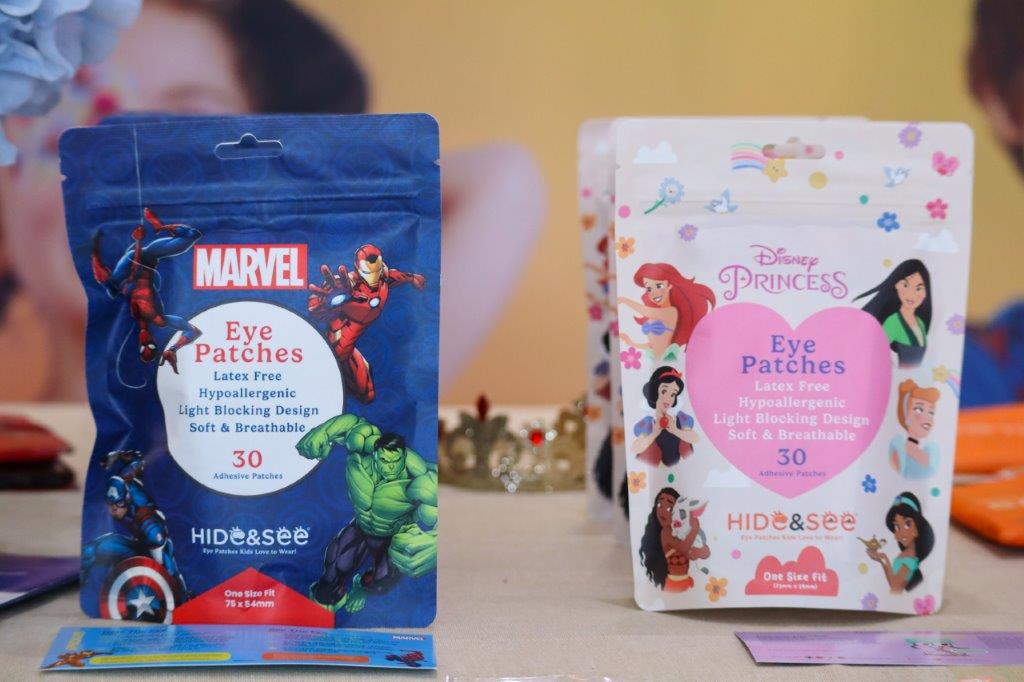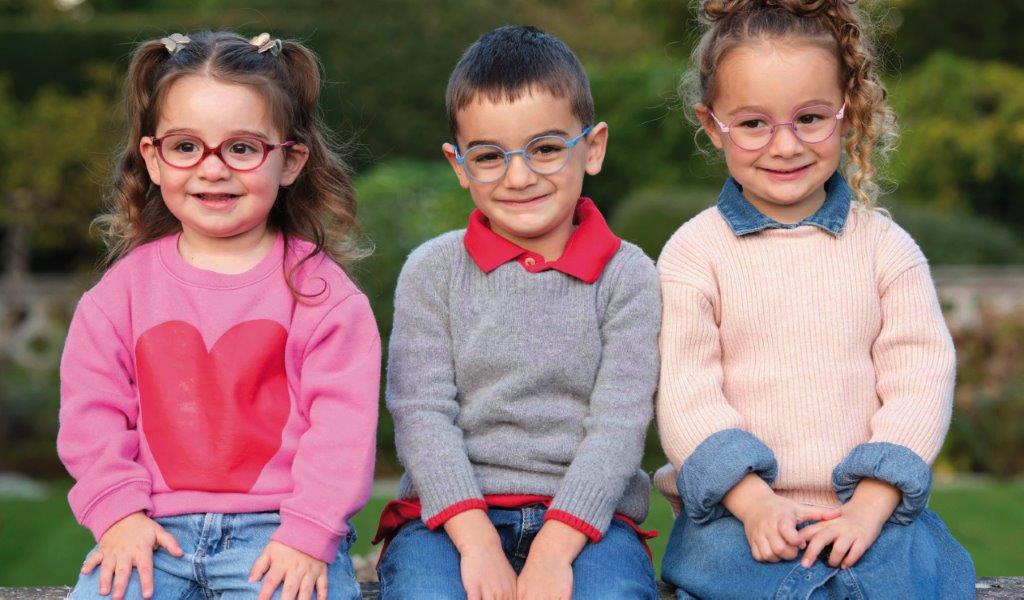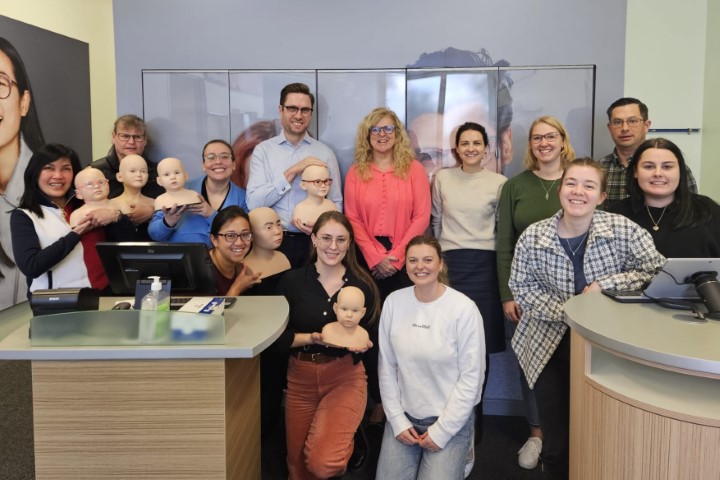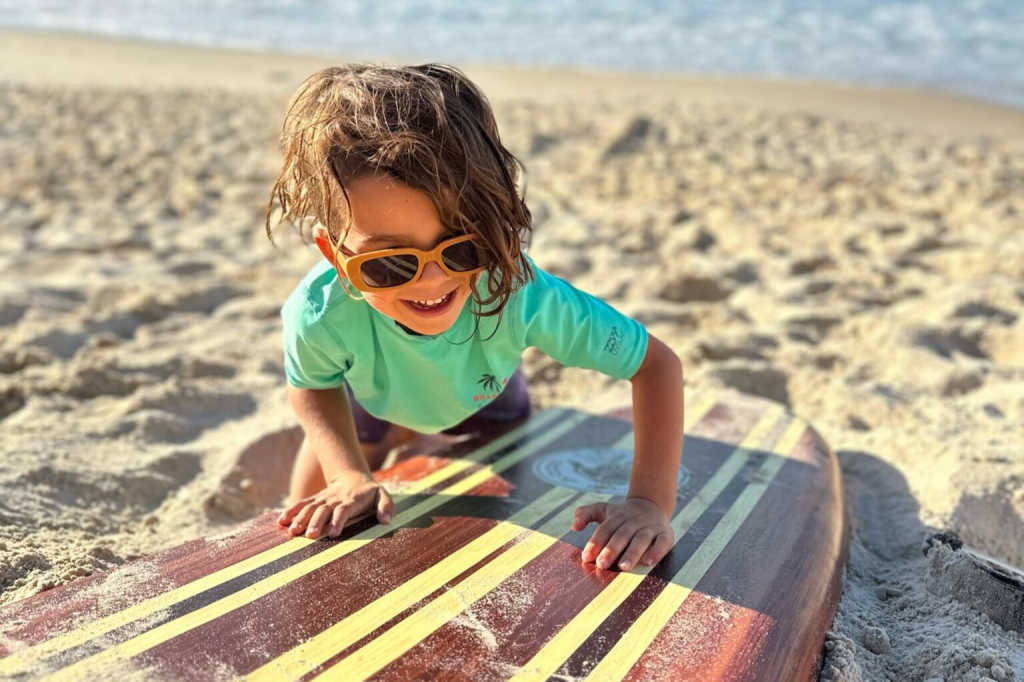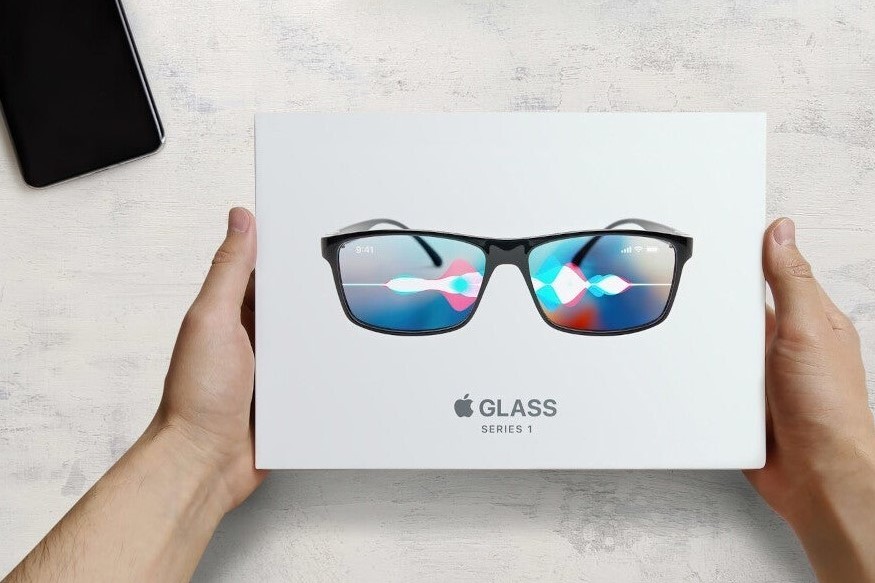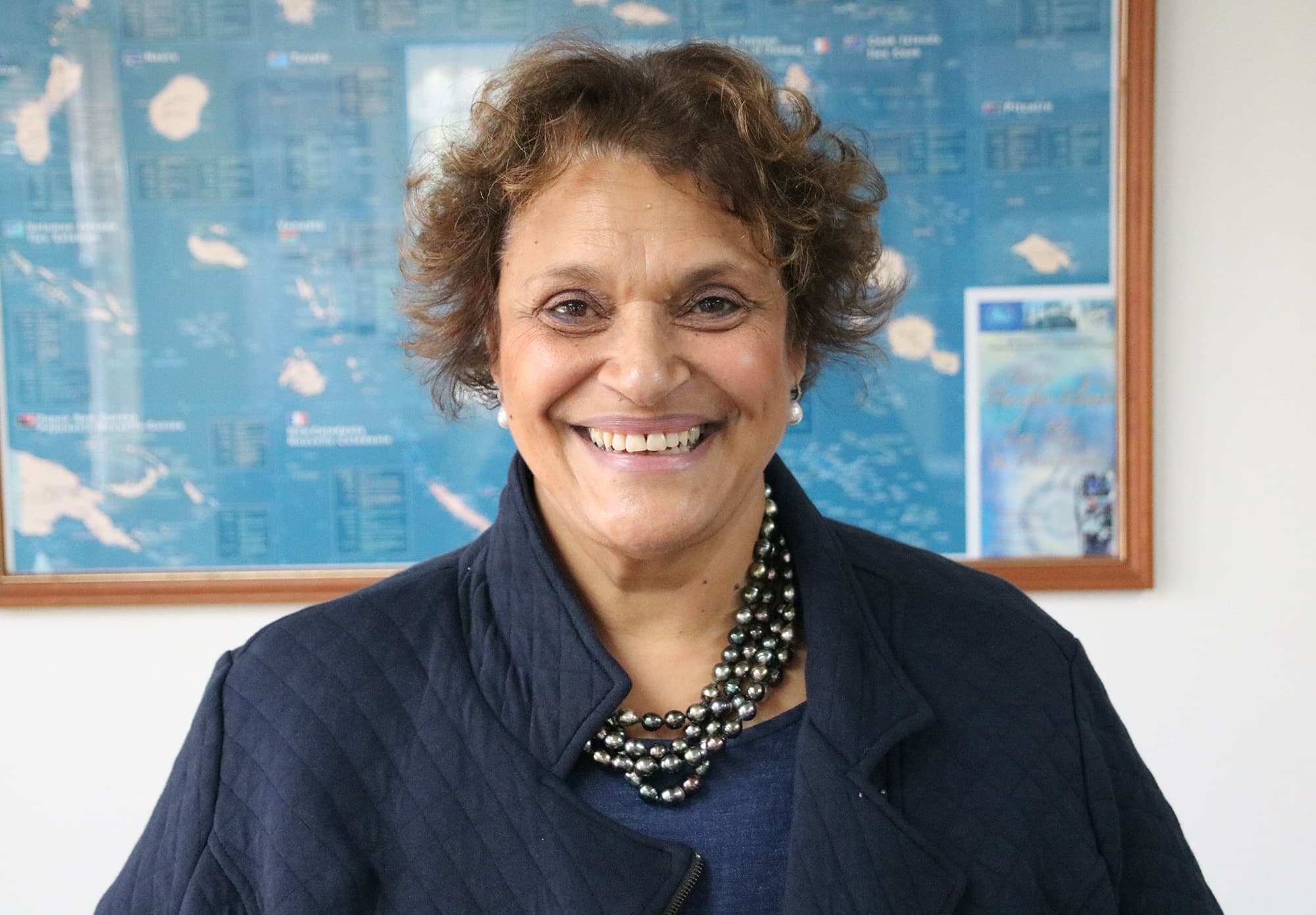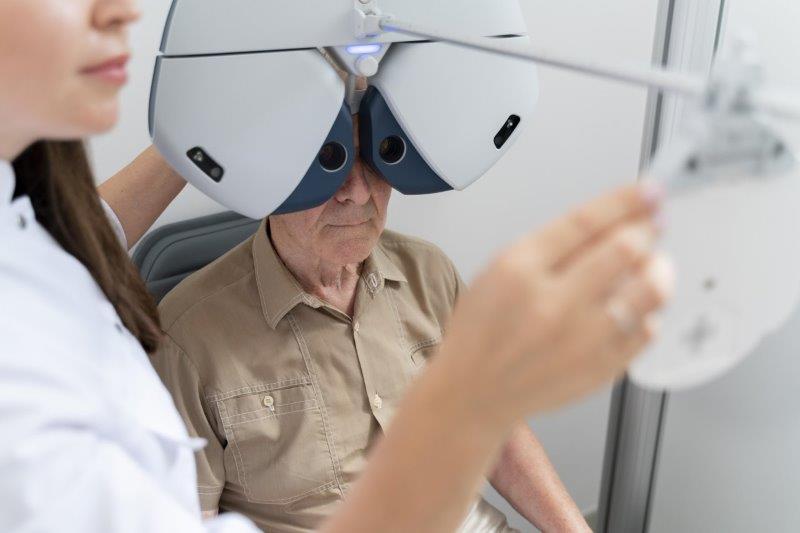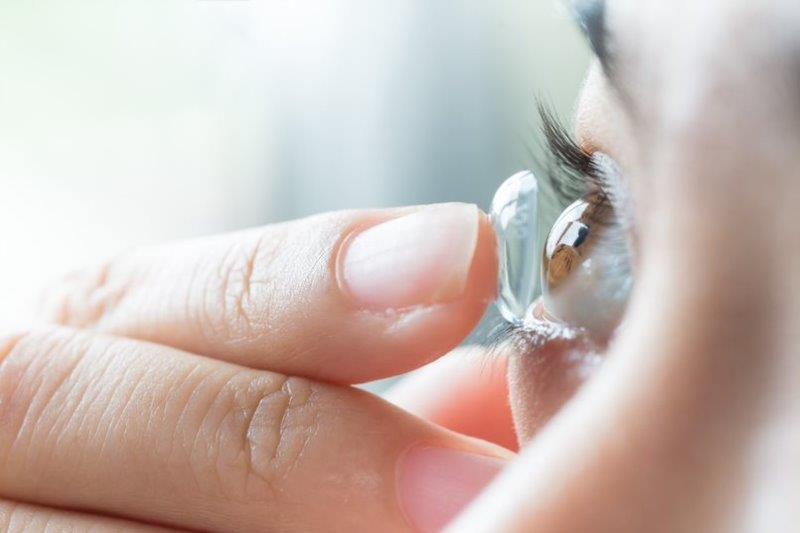Putting kids in the frame
Since motherhood, I’ve been paying more and more attention to kids' glasses. Not that my children need them (yet), but some of their friends do and my eight-year-old niece started her glasses journey last summer.
My big bugbear is that most of the time they simply don’t fit. Most children's frames are simply shrunk-down versions of the adult frames. My niece’s glasses drive me crazy because they are so far down her nose that I question if she can see anything most of the time. Optical professionals appear to agree: children’s eyecare and eyewear needs a massive shake-up.

Tomato Glasses cater to kids of all ages, including babies
Testing a child’s vision brings different challenges to testing an adult’s. Young kids may not be able to follow instructions well and, in general, have shorter attention spans. Those factors could cause practices to shy away from offering the service. However, with 20 years’ experience as a global eyewear business developer and brand builder, Ana Sedes, CEO of Pinkadillac, said kids’ frames represent a significant part of the market, with reasonable prices without being low-cost. “It’s an essential group, recurring business and a long-term future client,” she said.
Sedes alerted me to an interesting French study of children’s eyecare, which reported 73% of optometry practices have never followed, or had their employees follow, specific training for children. Considering 80% of children learn through their sense of sight, those figures are quite alarming. Of course, that dataset may not be a true representation of what is happening globally. However, Sedes said she feels we are letting our children’s eyes down. We must work together to educate the industry, and more training is key, she said.
Face facts
The final piece of the puzzle is a good end product – very few kids' glasses were designed specifically to fit their unique needs and a child’s facial features are very different to an adult’s. Dr Alicia Thompson, director of education, research and professional development at the Association of British Dispensing Opticians (ABDO), said if the parameters of a spectacle frame designed for the paediatric market are scaled-down versions of adults’ frames, it suggests a child has the same nasal profile as an adult, which they do not. “The part of the nose where a frame rests, the bearing surface, is positioned relatively low on a young child’s face. The angles of the under-developed bridge are also much larger and the width of the bearing surface is much wider compared to the adult form,” she said.
However, there are brands designing specifically for children, such as Korea-based Tomato Glasses, whose frames have adjustable temple lengths, non-slip bridges and weigh in at just 6-11g. NanoVista’s ergonomically designed, fun and ‘indestructible’ kids’ frames are available in size 34-50 and can be used with removable temples or worn with a headband. The Spanish company’s patented material, Siliflex, makes the frames 35% lighter than an acetate version, said New Zealand distributor Trish Orr from BTP International Designz. Crucially, its 52-hinge system is designed to offer 360-degree rotation which, according to the company, allows you to “forget about constant breakages”.

Nano Vista worn with headbands for active kids
Stepper is also developing a child-focused collection based on research by Dr Thompson. “The literature on this subject was very scarce until I completed my study last year. I measured children’s faces using three-dimensional stereophotogrammetry and produced data relevant to spectacle frame wear, taking into account age, gender and ethnicity.” Those data allowed Stepper to design for children’s growth and needs.
Catering to kids
Where does this leave practice owners who want to better cater to children? The fact that the available glasses choices may not be fit for purpose is not the dispensing optician’s fault. UK-based locum optometrist and mother Prinal Patel said after many years working in different practices, she sensed some practitioners felt out of their depth when serving children, because more time and care was needed for this interesting clientele.
“It’s important to have a good rapport with the parents,” said Patel. “They need to be reassured that their children are OK, especially if they’ve never had an eye test themselves, and to trust the person with their children’s health.” During refraction, children often don’t quite understand the questions you’re asking, she said. “So it’s vital the optometrist poses questions in a few different ways. But the hardest part of testing is they often have a shorter attention span.”
To address that, Alex Marcou and Helen Woods, owners of Alexander Opticians in East Grinstead, England, suggest keeping the process fun by stocking plenty of stickers and using puppets to get the child to look in a certain direction during measurements. On a business level, a good selection of frames will make dispensing easier, while reserving longer sight test appointments specifically for children will help the practitioner feel less pressured.
Natalie Beardsworth, paediatric optometrist from Sercombe and Matheson Opticians, Wellington, said the journey with the child and watching them grow up is part of what makes it all worth it. She suggested using Cardiff cards and cycloplegic retinoscopy for young or non-verbal children who cannot give subjective feedback. She also agreed with Marcou and Woods about stocking different sizes of frames but said once patients reach nine or 10 years old, small adult frames will be suitable. It’s also crucial, she said, to keep up to date with the latest wisdom on myopia-control.
Although there is no quick solution, time and working together as a sector to improve communication and education will drive change. To feel confident in providing a service, practitioners will need optical bodies to offer further training programmes, while more frame manufacturers need to up their game to provide effective products, tailored to kids, not just small adults. Having spoken to fellow parents, the public also needs to better understand that an ill-fitting pair of glasses can do more harm than good for them and their children: for both frames and testing, one size does not fit all!

Siu-Yin Shing is an eyewear writer born in Hong Kong, now based in the UK, and editor and founder of the frames-focused blog, www.myglassesandme.co.uk










